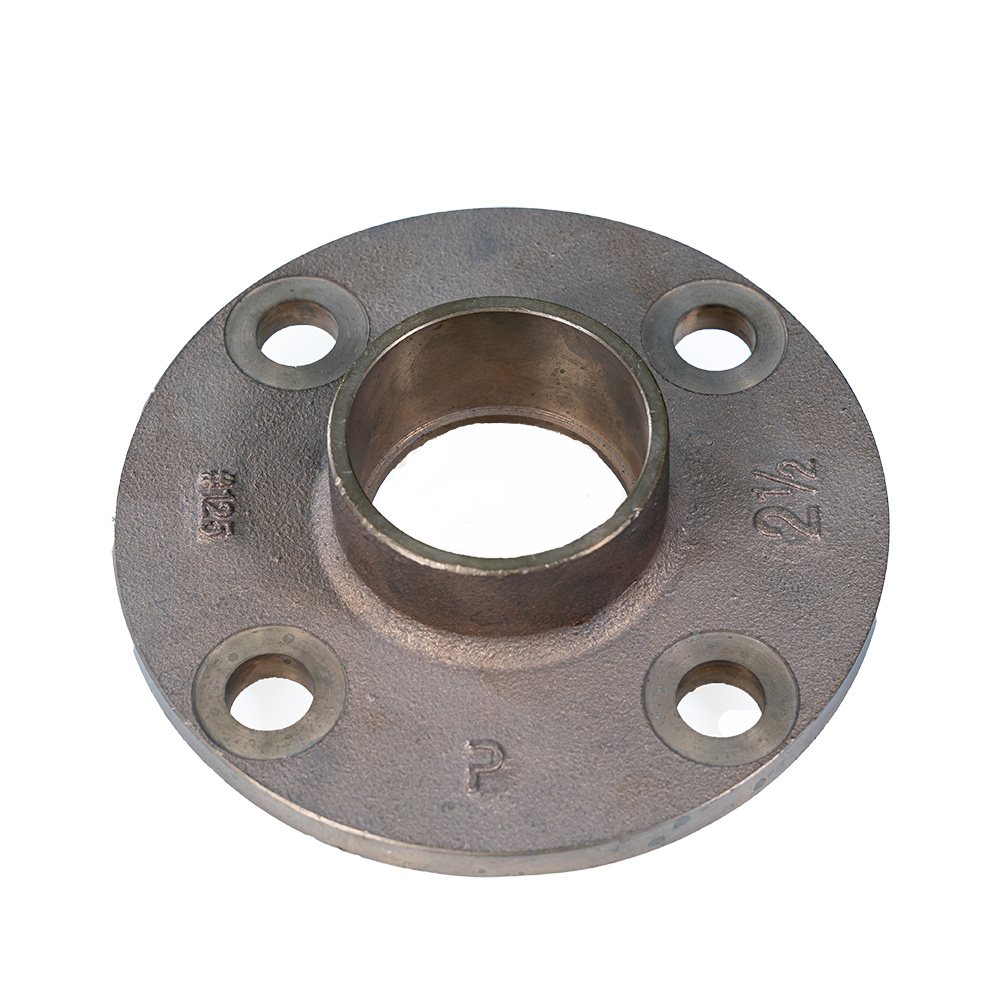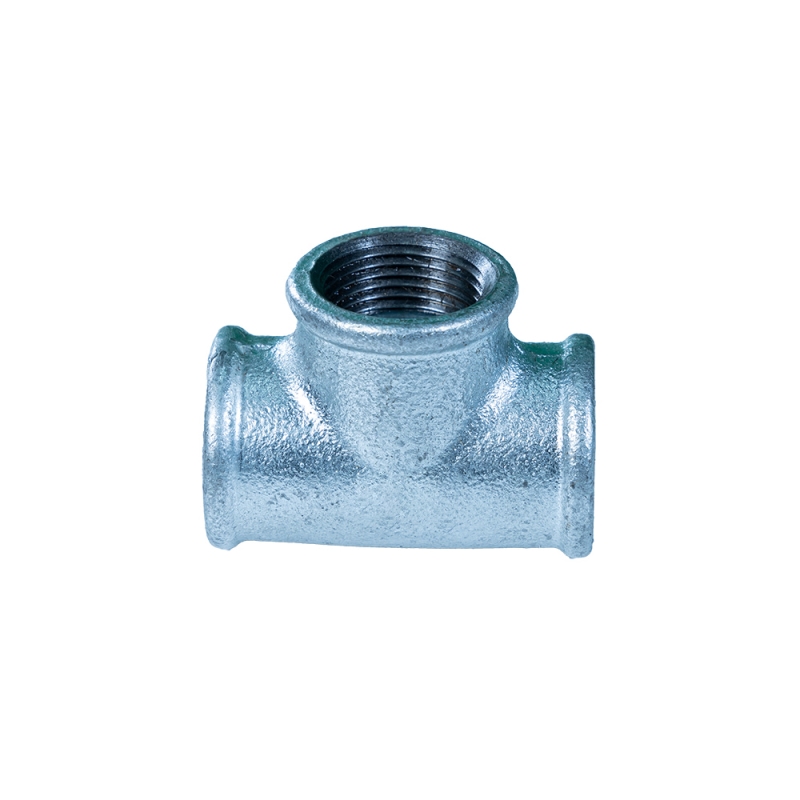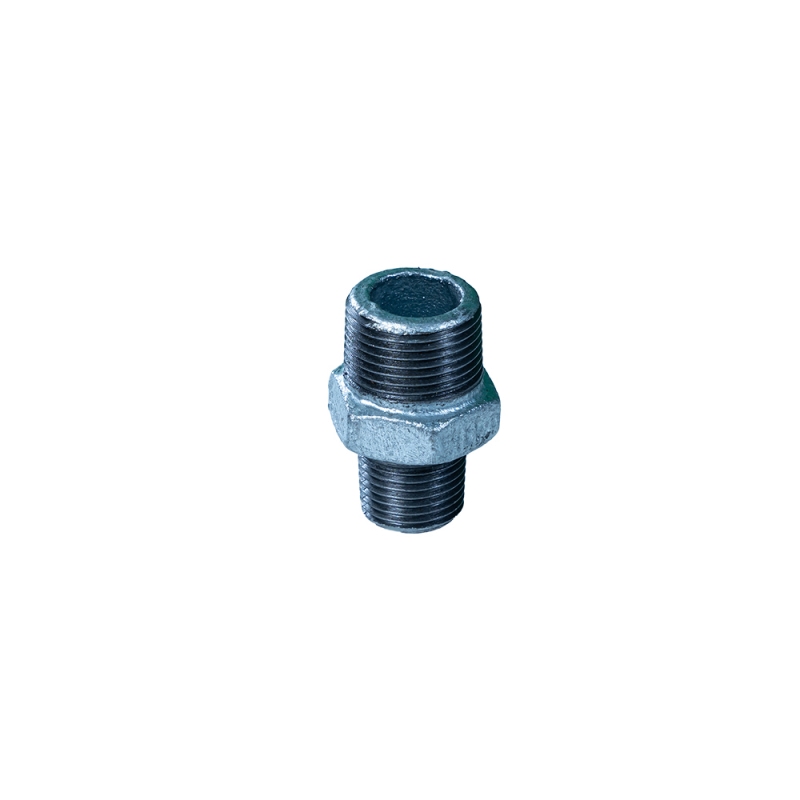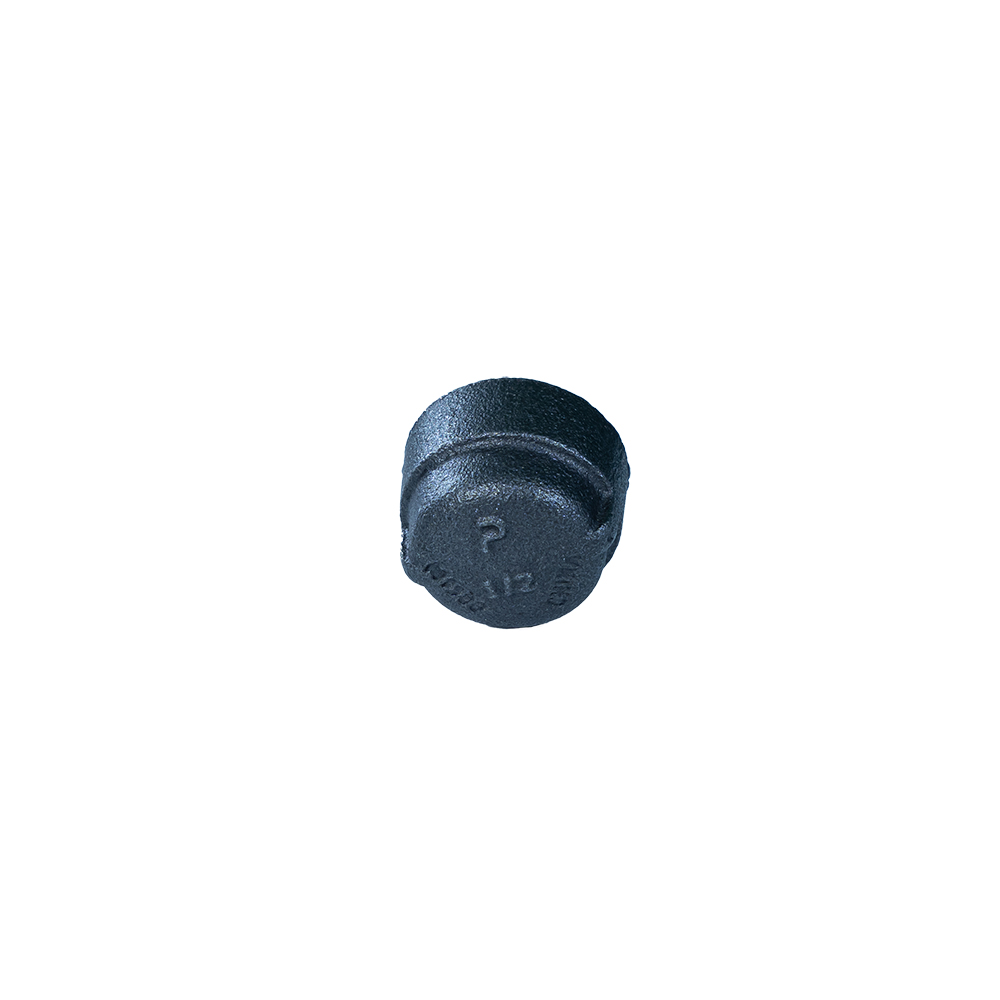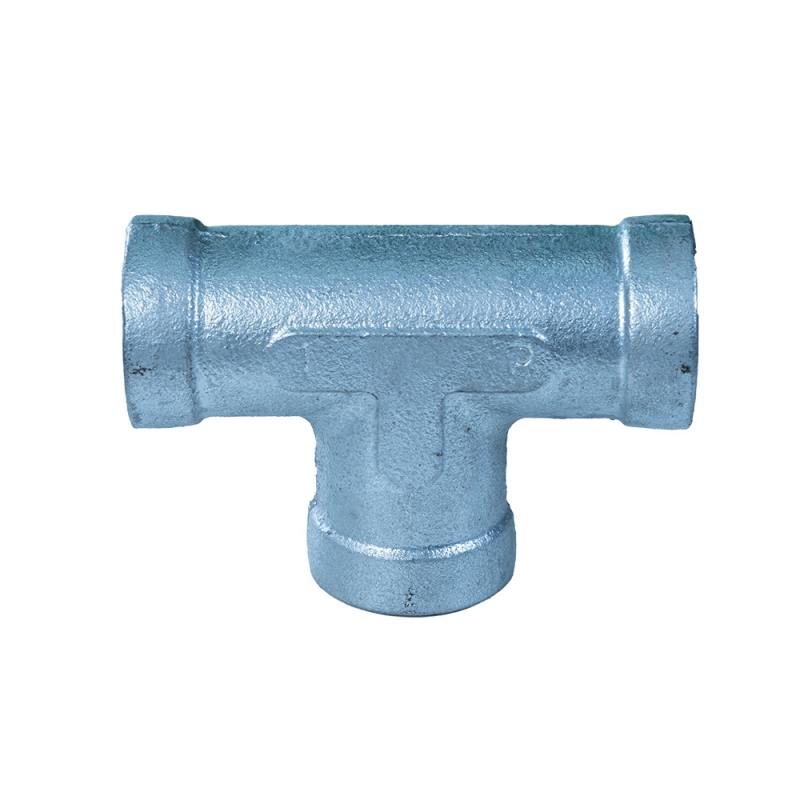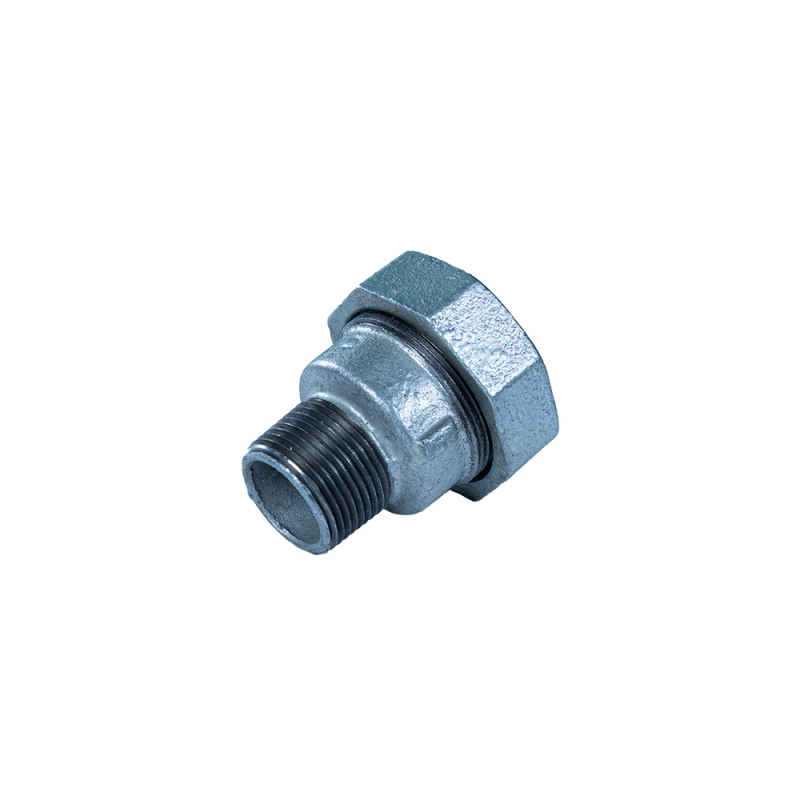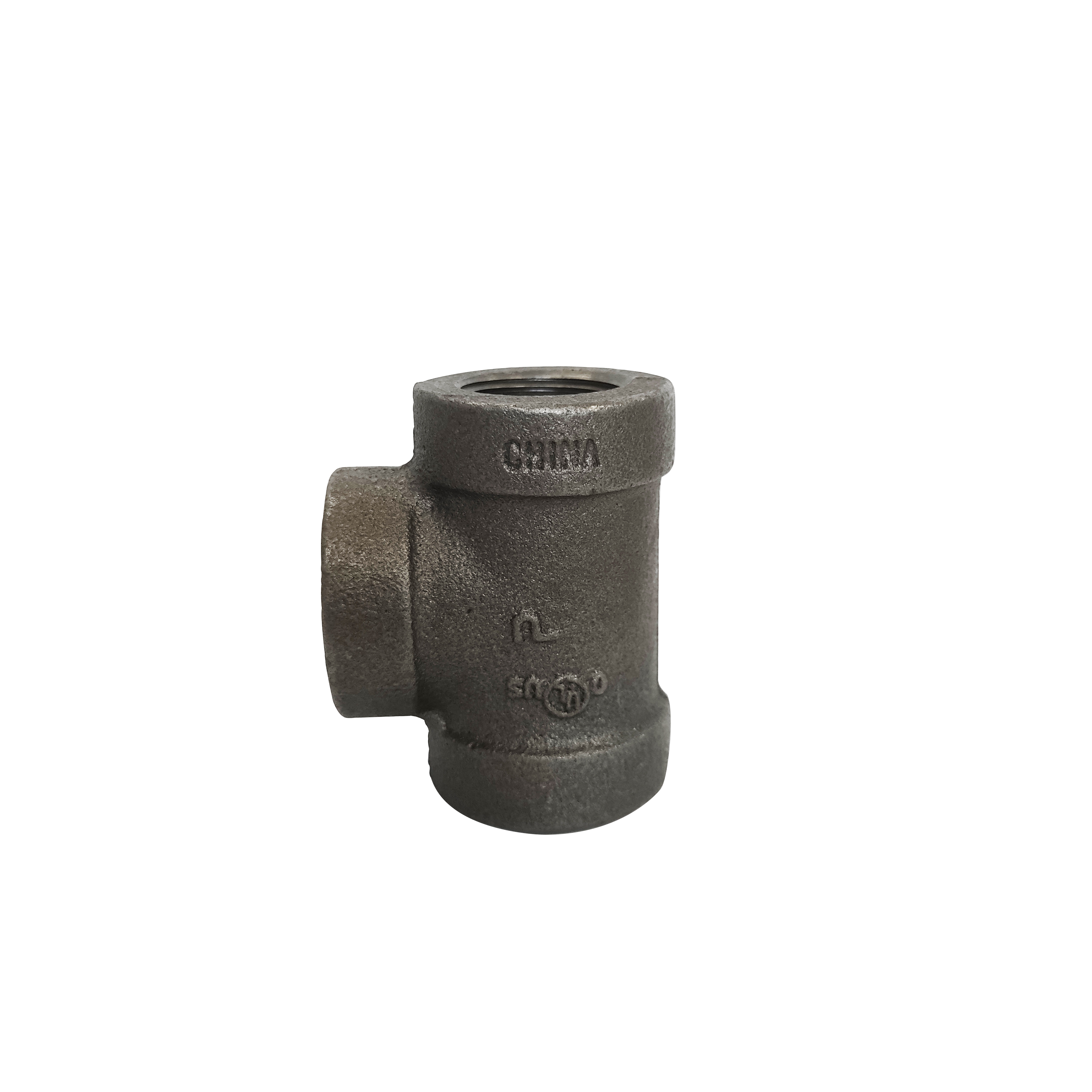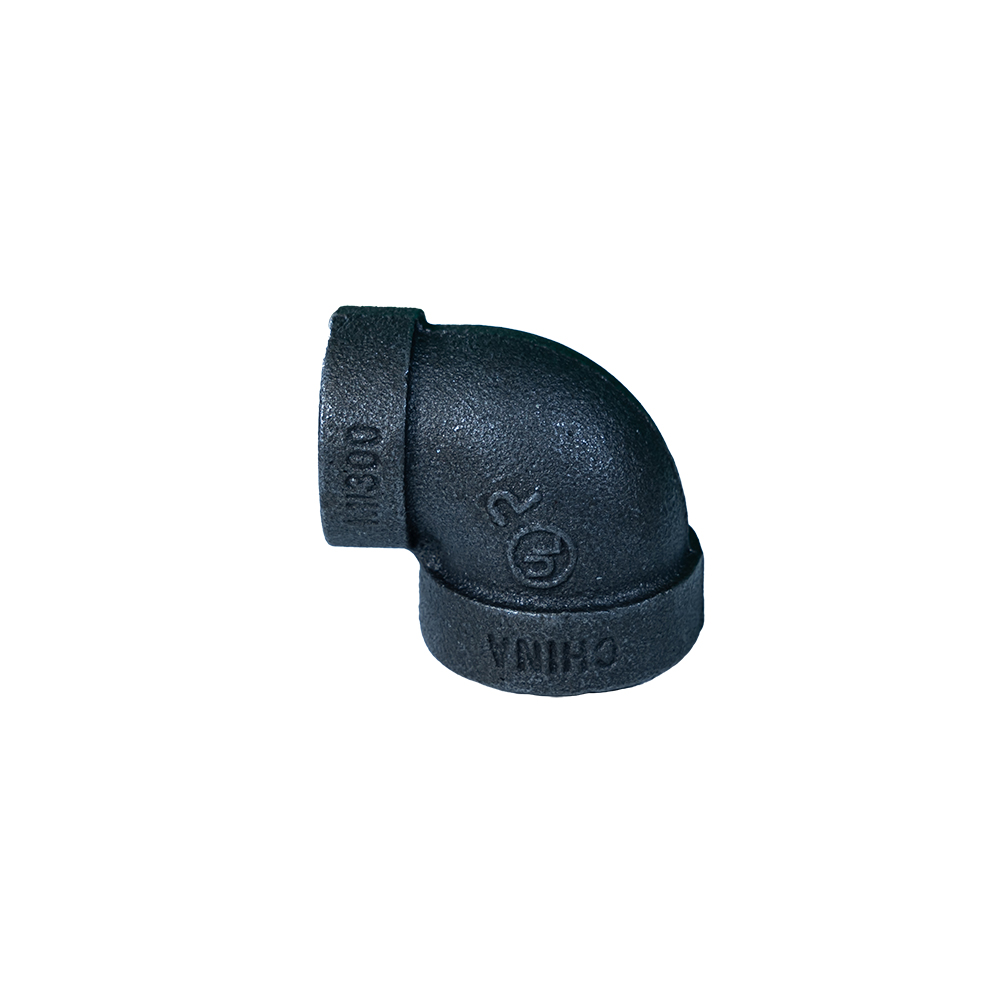Plumbing systems are a complex network of components that work in harmony to ensure the seamless flow of water and waste in our homes and buildings. At the heart of these systems lie various fittings and connectors, each playing a crucial role in maintaining functionality and preventing leaks. Let's explore some key elements, including plumbing unions, galvanised steel fittings, 3/4 union, pipe coupling types, ਅਤੇ plumbing pipe fitting types, that are essential for any plumbing project.
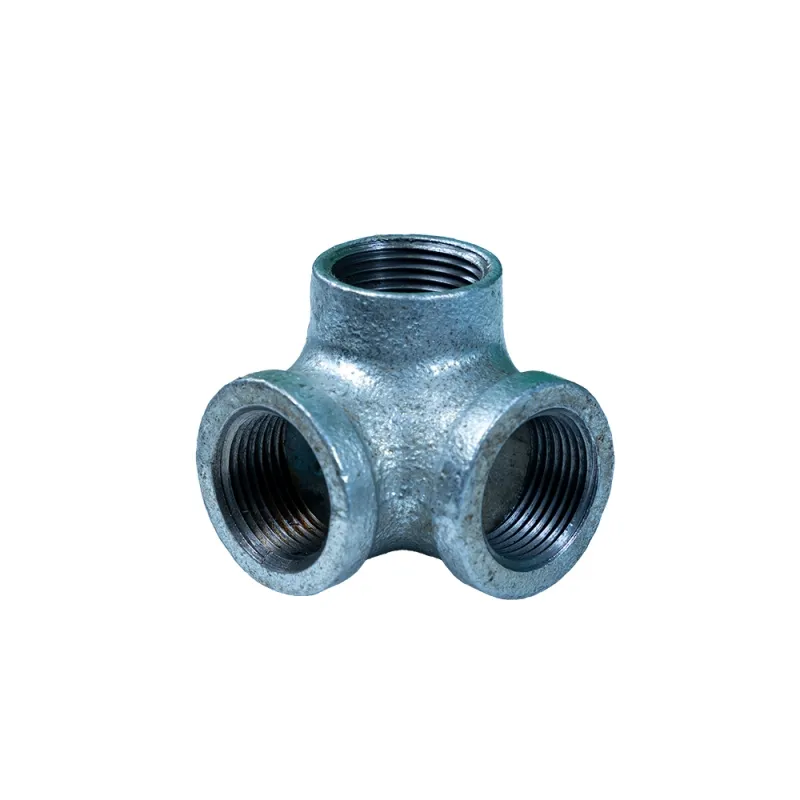
Reliable Connections with Plumbing Unions
In the intricate world of plumbing, plumbing unions stand out as indispensable components for creating secure and easily accessible connections. These three - piece fittings consist of two end pieces with male threads and a center nut with female threads, allowing pipes to be joined and disconnected without cutting. For instance, in a bathroom renovation where access to pipes for future repairs might be necessary, a plumbing union provides the flexibility to disassemble sections of the plumbing system with ease. They are commonly used in areas where pipes may need to be adjusted or serviced, such as under sinks, near water heaters, or in complex piping networks. Their ability to create a watertight seal while enabling quick disassembly makes them a favorite among plumbers and DIY enthusiasts alike.
Durability and Strength with Galvanised Steel Fittings
When it comes to ensuring the long - term reliability of a plumbing system, galvanised steel fittings offer unparalleled durability. The galvanisation process, which coats steel with a layer of zinc, provides excellent corrosion resistance. This makes galvanised steel fittings ideal for both indoor and outdoor plumbing applications. In an outdoor irrigation system, for example, these fittings can withstand exposure to moisture, sunlight, and varying weather conditions without rusting or deteriorating. In residential plumbing, galvanised steel tees, elbows, and couplings are often used in water supply lines, providing a strong and stable connection that can endure the constant flow of water over time. Their strength and resistance to corrosion make them a cost - effective choice for projects where longevity is a priority.
Versatile Applications of 3/4 Union
ਦ 3/4 union is a specific yet highly versatile plumbing fitting that finds use in a wide range of scenarios. With its 3/4 - inch size, it is commonly employed in smaller - scale plumbing systems, such as those in apartments or smaller homes. This size is often suitable for connecting pipes that supply water to fixtures like sinks, toilets, and showers. In a kitchen, a 3/4 union can be used to connect the water supply line from the main pipe to the faucet, ensuring a secure and leak - free connection. Additionally, its design allows for easy maintenance; if there's an issue with the faucet or the pipe, the union can be quickly disassembled to access the problem area. Whether it's for new installations or repairs, the 3/4 union offers a reliable and convenient solution for plumbing projects.
Exploring the Diverse Pipe Coupling Types
The realm of plumbing features an array of pipe coupling types, each designed to meet specific connection needs. Compression couplings, for example, are popular for their ease of installation. They use a nut and ferrule system to compress the pipe and create a seal, making them suitable for both plastic and metal pipes. Push - fit couplings offer even quicker installation, simply requiring the pipe to be pushed into the fitting. They are commonly used in modern plumbing systems where speed and simplicity are key. Another type is the solvent - weld coupling, which is ideal for joining plastic pipes. By applying a solvent adhesive, the coupling and the pipe fuse together, creating a permanent and watertight connection. Understanding the different pipe coupling types allows plumbers to choose the right one for each project, ensuring optimal performance and durability.
Navigating the World of Plumbing Pipe Fitting Types
From elbows that change the direction of pipes to tees that create branches, plumbing pipe fitting types are diverse and essential for constructing functional plumbing systems. Elbows come in various angles, such as 90 - degree and 45 - degree, enabling pipes to navigate around obstacles and corners. Tees, on the other hand, are crucial for distributing water to multiple fixtures. Cross fittings, similar to tees but with an additional outlet, are used in more complex plumbing setups where multiple connections are required. Caps are used to seal the ends of pipes, while adapters help connect pipes of different materials or sizes. Each type of plumbing pipe fitting serves a unique purpose, and knowing how to select and install them correctly is vital for creating a plumbing system that functions efficiently and reliably.
Plumbing Fittings FAQs
How do I install a plumbing union correctly?
To install a plumbing union correctly, first, clean the threads of the pipes thoroughly. Apply a suitable pipe joint compound or Teflon tape to the male threads of the end pieces. Place one end piece onto each pipe, then position the center nut over the threads. Tighten the nut evenly using a wrench, ensuring not to overtighten to avoid damaging the threads. Check for leaks by turning on the water supply and observing the connection.
Can galvanised steel fittings be used for both hot and cold water?
Yes, galvanised steel fittings can be used for both hot and cold water systems. However, over time, the zinc coating may react with certain chemicals in hot water, potentially causing corrosion. For long - term use in hot water systems, it's advisable to consider alternative materials like copper or PEX, but galvanised steel fittings can function well in many cases.
What factors should I consider when choosing a pipe coupling type?
When choosing a pipe coupling type, consider the materials of the pipes you're connecting, the ease of installation, the required durability, and the specific application. For example, if you're working with plastic pipes in a DIY project, a push - fit or solvent - weld coupling might be the best choice. If you need a connection that can be easily disassembled, a compression coupling or a plumbing union would be more suitable.
How do I maintain different plumbing pipe fitting types?
Regularly inspect all plumbing pipe fittings for signs of leaks, corrosion, or damage. For threaded fittings, check for loose connections and tighten if necessary. Keep metal fittings clean and dry to prevent rust. For plastic fittings, avoid exposing them to excessive heat or sharp objects that could cause cracks. If you notice any issues, address them promptly to prevent further damage to the plumbing system.
Are 3/4 unions compatible with all pipe materials?
3/4 unions are available in various materials and can be compatible with different pipe materials, but it's important to ensure proper matching. For example, a metal 3/4 union can be used with metal pipes, while there are also unions designed specifically for use with plastic pipes. Always check the specifications of the union and the pipes to ensure a secure and leak - free connection.
Post time: ਅਗਃ-18-2025


